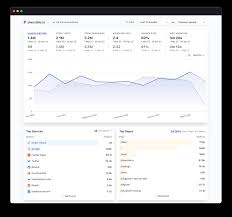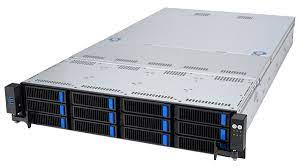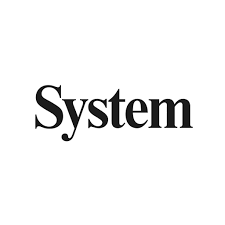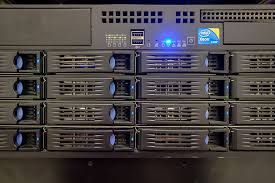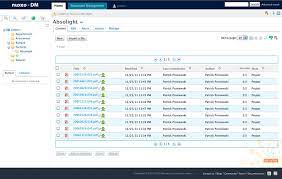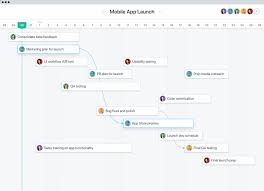Unleashing the Potential: The Power of Open Source Analytics
The Power of Open Source Analytics
Open source analytics has revolutionised the way businesses and organisations harness data to make informed decisions. By leveraging the collaborative efforts of a global community of developers, open source analytics tools offer powerful capabilities that rival proprietary solutions.
Benefits of Open Source Analytics
One of the key advantages of open source analytics is its accessibility. With no licensing fees, organisations can freely use, modify, and distribute the software to suit their specific needs. This level of flexibility allows for greater customisation and innovation, empowering users to tailor analytics solutions to their unique requirements.
Furthermore, open source analytics tools are often developed and maintained by a diverse community of contributors who continuously improve the software. This collaborative approach results in rapid innovation, frequent updates, and a wealth of resources such as forums, documentation, and tutorials to support users.
Popular Open Source Analytics Tools
- R: A powerful statistical computing language widely used for data analysis and visualisation.
- Apache Hadoop: An open-source framework for distributed storage and processing of large datasets.
- Apache Spark: A fast and general-purpose cluster computing system for big data processing.
- Elasticsearch: A distributed search and analytics engine known for its scalability and real-time search capabilities.
- Grafana: An open platform for beautiful monitoring and metric analytics.
The Future of Open Source Analytics
As data continues to play a crucial role in decision-making across industries, the demand for robust analytics tools will only grow. Open source analytics is well-positioned to meet this demand by offering cost-effective solutions that can scale with evolving business needs.
With a focus on transparency, collaboration, and innovation, open source analytics is driving a new era of data-driven decision-making that empowers organisations to unlock insights, drive efficiency, and stay ahead in today’s competitive landscape.
Exploring Open Source Analytics: Common Queries Unveiled
- What is open source analytics?
- What is a popular open source tool for data analytics?
- Is Google Analytics open source?
- Which is an example of open source analytics software?
- Is analytics Google free?
- Is there a free alternative to Google Analytics?
- Is an example of open source analytics software?
What is open source analytics?
Open source analytics refers to the use of open-source software tools and frameworks for analysing and interpreting data to derive meaningful insights and make informed decisions. In essence, open source analytics allows users to leverage freely available software resources developed and maintained by a collaborative community of developers. This approach provides organisations with the flexibility to customise analytics solutions according to their specific needs without incurring costly licensing fees. By harnessing the power of open source analytics, businesses can access a wide range of tools and resources that facilitate data processing, visualisation, and interpretation, ultimately empowering them to extract valuable insights from their data in a cost-effective and efficient manner.
What is a popular open source tool for data analytics?
A popular open source tool for data analytics is R, a versatile statistical computing language widely recognised for its robust capabilities in data analysis and visualisation. R has gained popularity among data scientists, researchers, and analysts for its extensive library of packages that cater to various analytical needs. With its user-friendly interface and powerful features, R enables users to manipulate data, perform statistical tests, create visualisations, and build predictive models efficiently. Its vibrant community support and active development make it a top choice for those seeking a flexible and comprehensive tool for data analytics.
Is Google Analytics open source?
Google Analytics is not an open-source tool. It is a web analytics service offered by Google that provides detailed statistics and insights on website traffic and user behaviour. While Google Analytics offers powerful features for tracking and analysing data, it is a proprietary tool developed and maintained by Google. Open-source analytics tools, on the other hand, are software solutions whose source code is freely available for users to view, modify, and distribute. This distinction highlights the difference in licensing, development model, and accessibility between Google Analytics and open-source analytics platforms.
Which is an example of open source analytics software?
An example of open source analytics software is R, a widely used statistical computing language that offers powerful capabilities for data analysis and visualisation. R is favoured by data scientists, statisticians, and researchers for its flexibility, extensive library of packages, and robust community support. As an open-source tool, R allows users to access and modify its source code freely, enabling customisation to suit specific analytical needs. Its versatility and scalability make it a popular choice for conducting complex analyses and deriving valuable insights from data sets of varying sizes and complexities.
Is analytics Google free?
When it comes to the question, “Is analytics Google free?” it’s important to clarify that Google Analytics, a popular web analytics service provided by Google, offers both free and paid versions. The free version of Google Analytics provides a wide range of features for tracking website traffic, user behaviour, and other key metrics. However, for more advanced functionalities and support, businesses may opt for the paid version of Google Analytics 360. Whether choosing the free or paid version, Google Analytics remains a valuable tool for gaining insights into website performance and visitor interactions.
Is there a free alternative to Google Analytics?
In the realm of open source analytics, a commonly asked question is whether there exists a free alternative to Google Analytics. The answer is yes – there are several open-source analytics tools available that provide comparable functionalities to Google Analytics without the associated costs. Platforms such as Matomo (formerly Piwik), Open Web Analytics, and Clicky offer users the ability to track website traffic, user behaviour, and other key metrics in a privacy-conscious and customisable manner. These free alternatives not only provide valuable insights into website performance but also give users greater control over their data and analytics processes.
Is an example of open source analytics software?
An example of open source analytics software is R, a widely-used statistical computing language that offers powerful data analysis and visualisation capabilities. Developed by a global community of contributors, R is free to use, modify, and distribute, making it a popular choice for data scientists, researchers, and analysts. With a vast library of packages and extensive documentation, R enables users to perform complex statistical analyses, create interactive visualisations, and build predictive models—all within an open and collaborative environment that fosters innovation and knowledge sharing.



